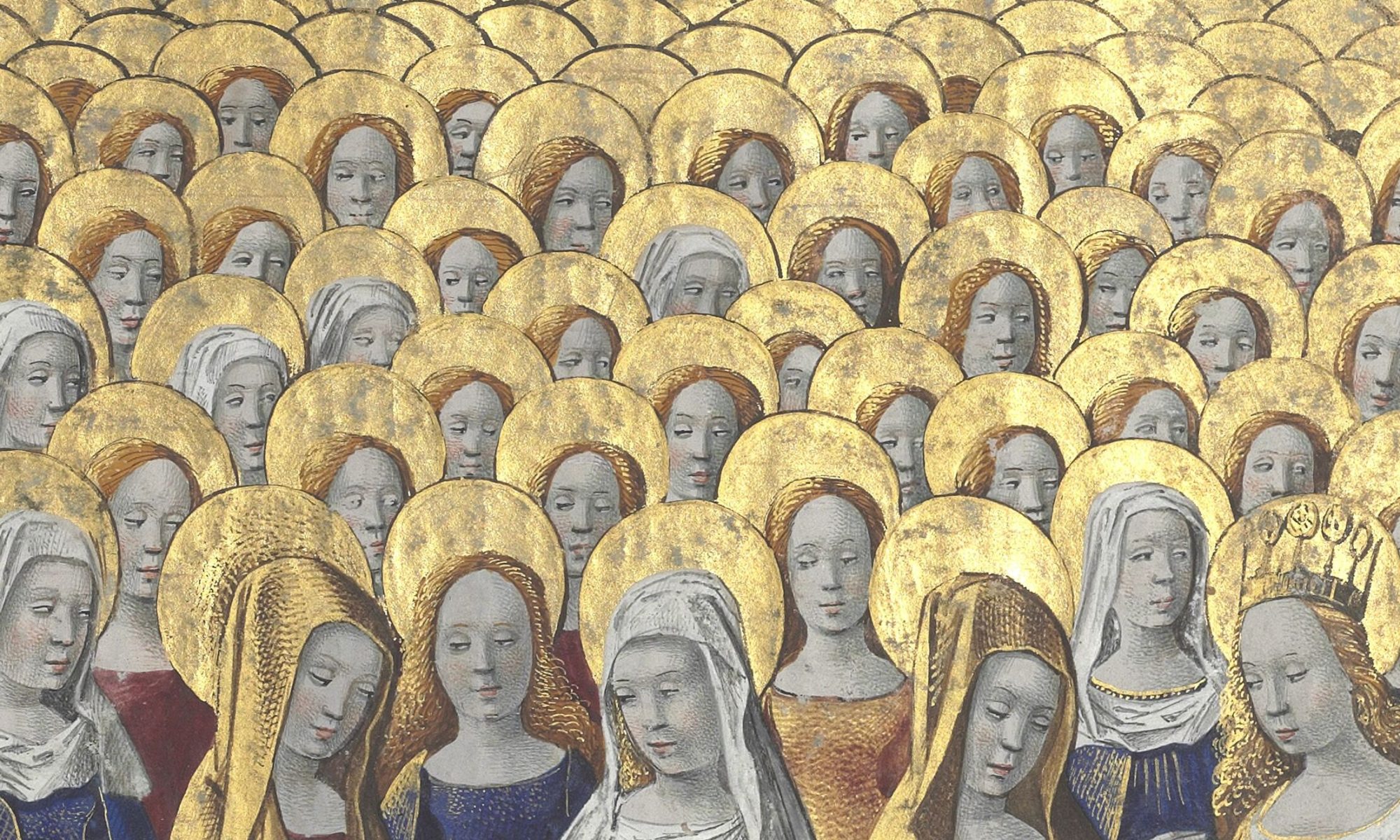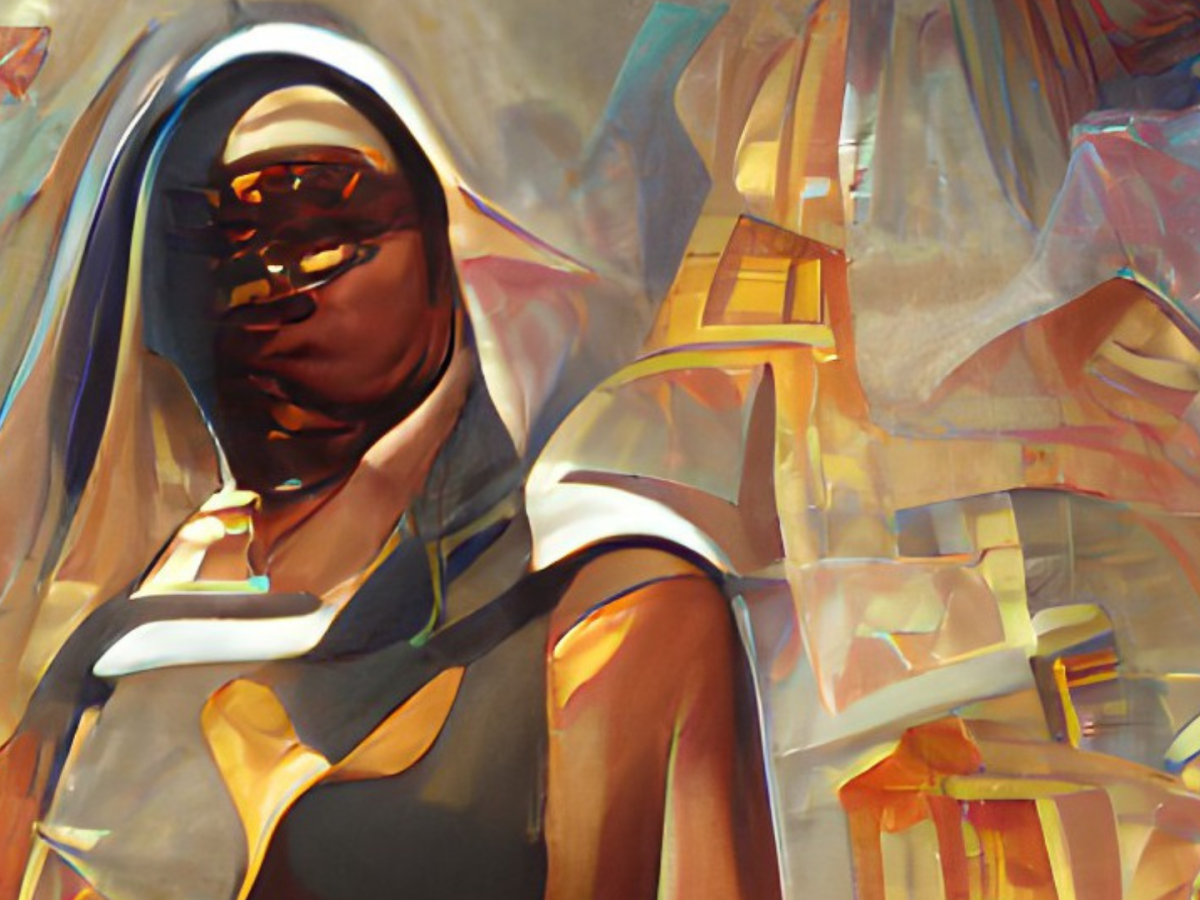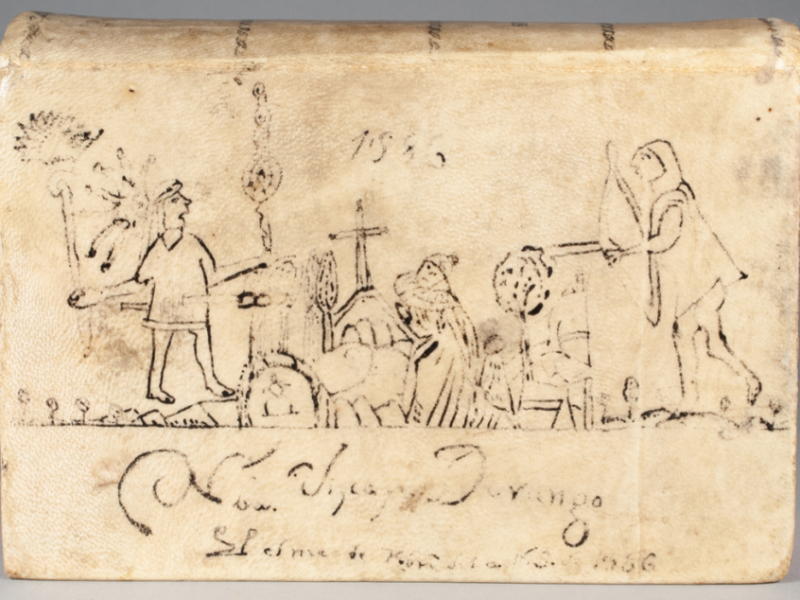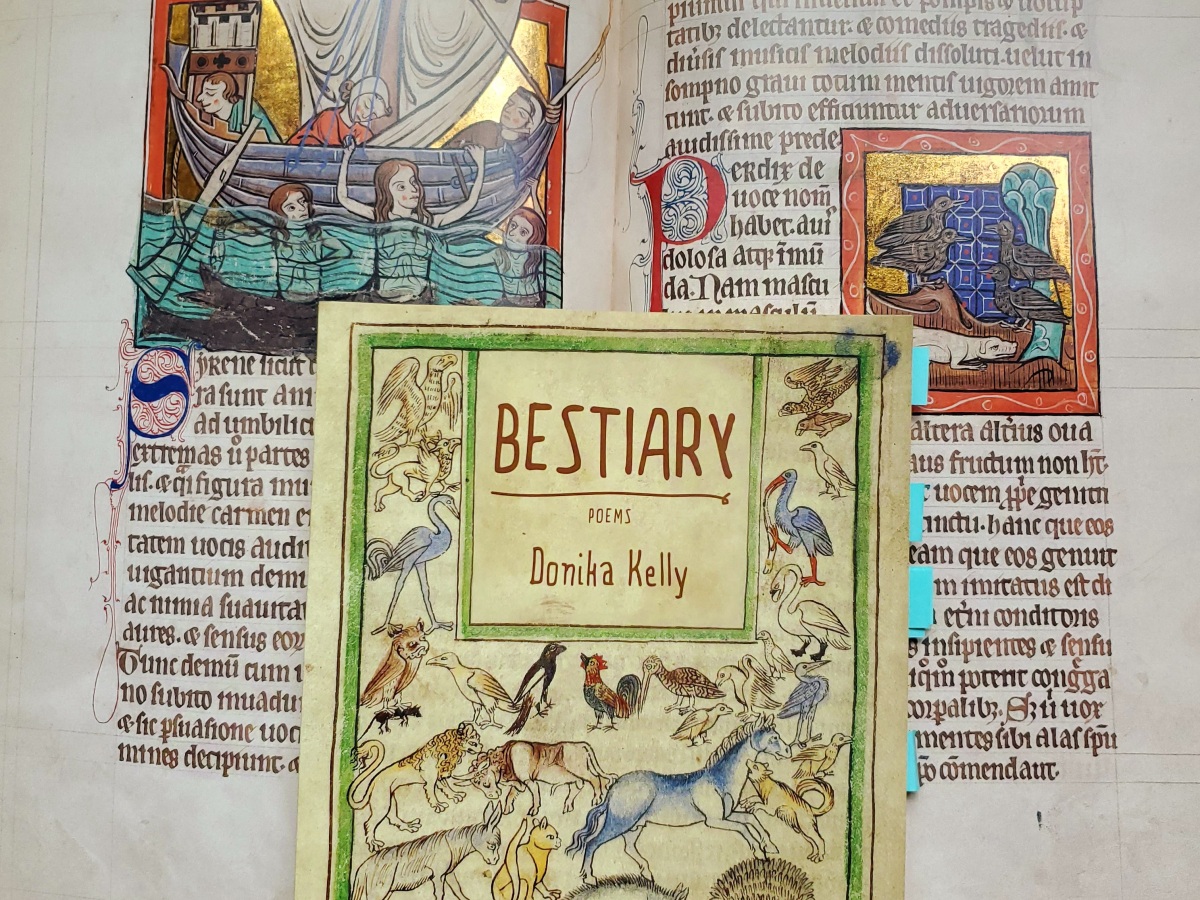
Thelma Trujillo is a writer and educator from La Villita, Chicago. She holds a Bachelor of Arts in English and a Masters in Literary and Cultural Studies from Illinois State University. She is currently an English PhD candidate at The University of Iowa.
Her previous work has focused on the construction of gender and sanctity in Old English hagiography; racial worldmaking in Beowulf; and medieval appropriations in contemporary art and poetry.
Her prospective dissertation project titled “Shades of Sanctity: Race in the Hagiographic Imagination” examines vernacular hagiography as a resource for emerging racial discourses in medieval England (ca. 1100-1450) through an interdisciplinary and intersectional approach to the study of hagiography and premodern critical race studies.
Latest Blog Posts:
Shades of Sanctity: Race in the Hagiographic Imagination
This project examines medieval vernacular hagiography as a resource for understanding emerging racial discourses in England (1100-1450). Building on the work of Geraldine Heng, Cord Whitaker, M. Lindsay Kaplan, and others who affirm religion as the primary site for the construction of medieval race, “Shades of Sanctity” investigates hagiography as a crucial location for racial worldmaking. A term borrowed from Mark Jerng, “racial worldmaking” describes narrative and interpretative strategies in popular fiction that prompt readers to notice race at the level of place, space, and time. Analyzing selected figures, such as Mary of Egypt, Margaret of Antioch, Thomas Becket’s legendary…
Keep readingColonial Resist(Ink): An Examination of the Mexican “Sermones Aestivales”
White colonial power limits what can be known about indigenous peoples represented in the Mexican (Spanish) archive. The documents and manuscripts that survive from the colonial period in Mexico (1519-1821) tend to represent indigenous peoples as passive subjects, and it is important to consider whether they would have recognized themselves in such descriptions. As Stephanie Wood asks, “Would [indigenous communities] have embraced such identities? Or do these identities, grievously lacking in crucial elements, tell us more about the perspectives of the nonindigenous?” (Wood 6). Wood is correct in observing that this archive is heavily embedded in a white-colonial gaze, which…
Keep readingToward a Black Girl Mythology: Medieval Appropriations and Narrative Trauma in Donika Kelly’s Bestiary
Mythology stitches fascinating patterns into the tapestry of human experience. Every culture and generation has its own set of myths—sacred, secular, fictional, factual, about humankind, animals, nature—and despite how transcultural, translingual, and transtemporal these myths are, they have a universal appeal. It would be a Sisyphean task to try to explain the many functions for the creation and reinvention of myths; however, a good place to start is the role of mythology in shaping and explaining the unknown. In “Myth and Fable: Their Place in Poetry,” Carl Phillips writes that a myth is “a verbal mapping out of what is…
Keep readingContact:



